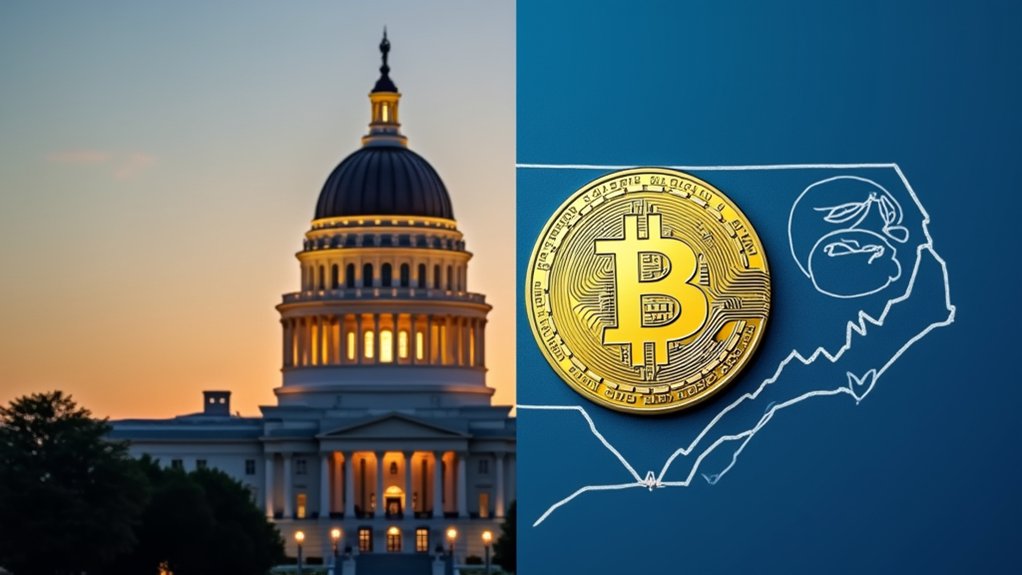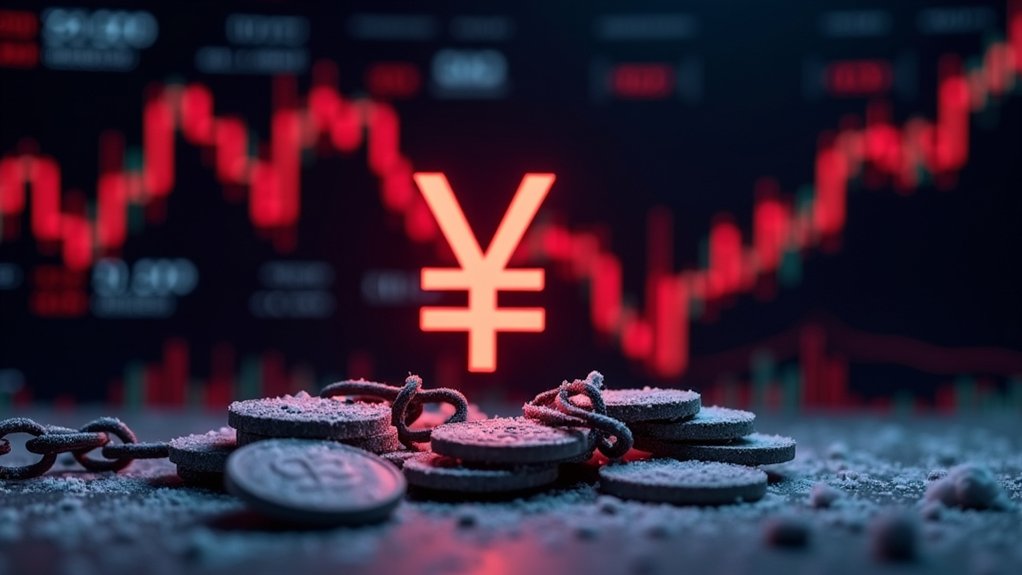While Bitcoin reached the staggering milestone of $100,000 in December 2024, the cryptocurrency’s future remains tightly bound to its mega-holders. The numbers don’t lie, and they’re frankly alarming. The top 1% of addresses control over 90% of the total Bitcoin supply. So much for decentralization, right?
Satoshi Nakamoto, Bitcoin’s mysterious creator, sits on 1.1 million BTC—that’s 5.2% of all Bitcoin in existence. MicroStrategy alone holds 2% of the total supply with 499,096 BTC. Then there’s BlackRock with 357,548 BTC, Grayscale Bitcoin Trust with 221,841 BTC, and Fidelity with 174,926 BTC. Concentration of wealth? You bet.
Governments aren’t missing out on the action either. The USA owns 213,246 BTC from seized criminal assets. China grabbed 190,000 BTC from the PlusToken scam. Even tiny El Salvador holds 6,089 BTC as a national reserve. Ukraine’s sitting on 46,351 BTC. The game has changed dramatically.
The state has entered the chat, with governments stockpiling Bitcoin like digital gold in a crypto arms race.
These whales can move markets with a single transaction. When they sneeze, Bitcoin catches pneumonia. The top 93 addresses each own between 10,000-100,000 BTC, while four mega-whale addresses contain between 100,000-1,000,000 BTC each. That’s an incredible amount of power in extremely few hands. Bitcoin’s fixed supply cap of 21 million coins only intensifies this concentration of wealth, as scarcity drives both value and accumulation.
Adoption continues to grow globally, with cryptocurrency ownership estimated at 6.8% (560 million users). But the wealth gap persists. The upcoming Bitcoin halving event in April 2024 could significantly impact this ownership concentration pattern. Emerging markets show higher adoption rates, often driven by economic factors like inflation.
Still, Bitcoin’s increasing correlation with equity markets raises questions about its status as a hedge. Regulatory challenges loom large. Government crackdowns could force whales to liquidate holdings. The UTXO model that Bitcoin uses to track remaining coins from previous transactions further exposes the concentration of wealth. The environmental debate isn’t going away either.
And let’s not forget the theoretical risk of a 51% attack on network security. Bitcoin’s future hangs in the balance. The question remains: can a truly revolutionary financial system survive when controlled by so few? The answer might determine whether Bitcoin becomes the financial revolution it promised or just another playground for the ultra-wealthy.





